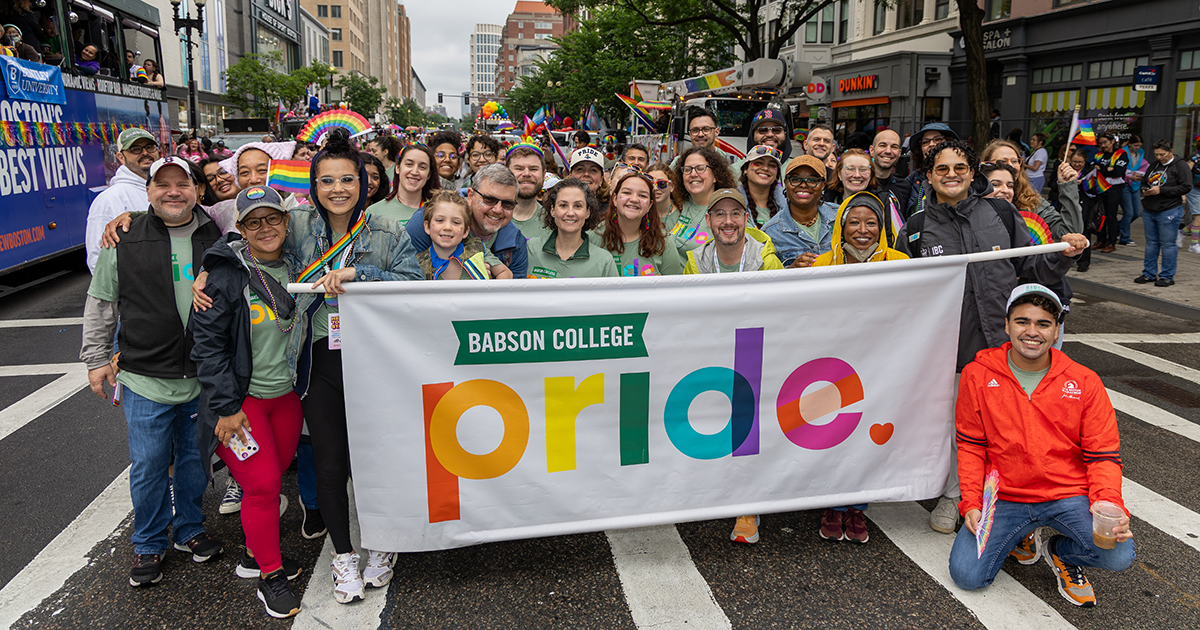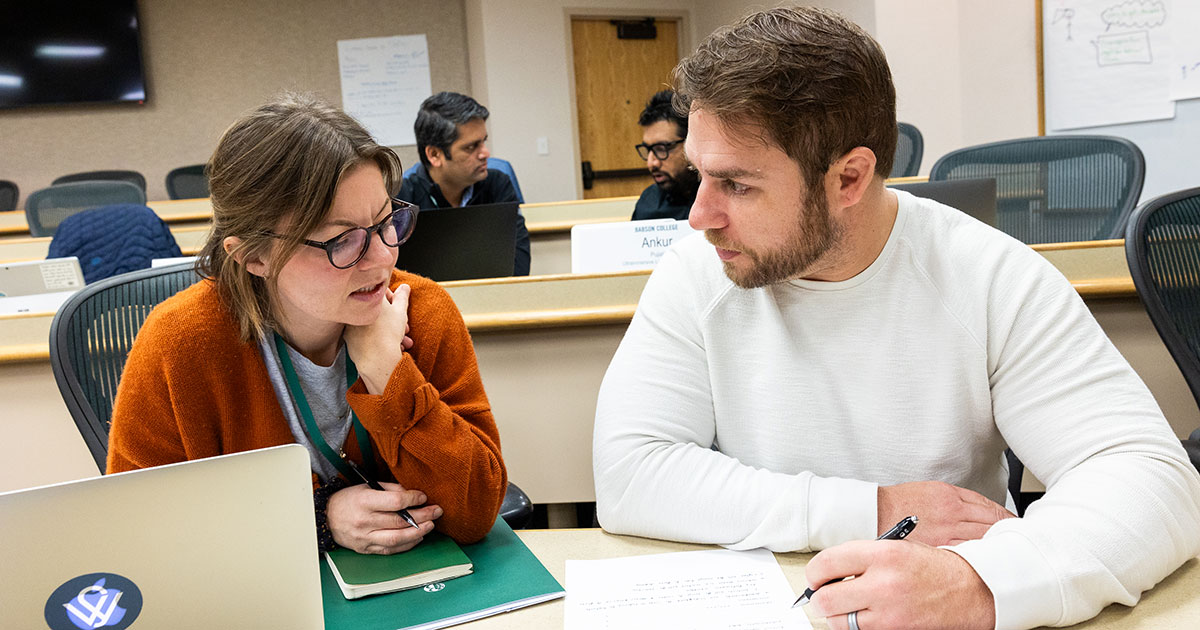3 Principles for Navigating Change

Change is inspiring. Terrifying. Exciting. But, above all, it’s necessary, especially in business. Regardless of industry, internal and external change is required for companies to stay on top—and ahead—of trends. To meet ever-increasing consumer demands and competitor pressure, change must be quick, seamless, and constant.
In a series of conversations at Babson College’s San Francisco campus, entrepreneurs from startups and large organizations shared how they’ve navigated change in this age of constant disruption. Called THRIVE, the series featured founders and change makers including Melissa Waters, vice president of marketing at Lyft, and Alex Stoll, head of global sales operation at HP Inc. All of these leaders have, and continue to, successfully navigate change, but how?
Find Comfort in Discomfort
Change is ambiguous; it means venturing into an uncomfortable space: the unknown. Recognizing this and using it as a motivational tool is one of the ways Waters successfully copes with change.
Three weeks after earning her MBA from Babson College, Waters had a plan. But, when her husband landed a dream job in the Bay area, she was forced to throw her plan out the window and relocate West. Shortly after moving, she learned she was pregnant. She embraced the ambiguity of her new situation and networked, participating in 35 informational interviews before becoming employed.
“The big themes I took away from my experience [at Babson] that I still use today are really being comfortable with ambiguity and being comfortable with discomfort,” said Waters. “I say to myself all the time that if I’m not a little bit uncomfortable, then it means I’m not learning and I’m not growing. I’m not stretching in some way. And, I don’t like that.”
Sameer Patel, CEO of Kahuna, also has experienced the discomfort of change. At 38, he built his own company in Silicon Valley. When the venture failed, Patel was forced to reinvent himself. Still required to finish the work for clients, he went to his recently laid-off employees and signed them as independent contractors. He even signed his personal accountant as a consultant for his business.
“You have to be open to that kind of massive reinvention of yourself,” said Patel. “It keeps you moving on an ongoing basis. You cannot be scared of that.”
Build a Collaborative Culture
Another way to effectively navigate change: your team. Leaders who build collaborative teams of motivated, passionate people can lean on employee support and collective brainpower. When people openly brainstorm ways to improve, they are bringing different perspectives and ideas to the table, which can create attainable, reasonable, and positive change.
In his conversation with THRIVE, Stoll told the audience, “HP has historically had a people culture. It’s not just what you do, it’s very, very important how you do it, and that’s what kept me motivated and excited in the company for over 20 years.”
Waters shared similar sentiments. When employees enter the Lyft headquarters, they’re greeted by a sign that says, “Be yourself.” To Waters, this says a lot about how the company treats its employees, and in turn, guides her in how she treats her team. “You have to be your whole self at work. Otherwise, you’re not going to be as productive as you could possibly be,” she said. “So, if we can treat you as a whole person, and you can bring your whole self to work, then we know that’s going to have great outcomes. Not only for the individual, but the company as whole.”
Embody Persistence
Positive change is rarely immediate; there will always be bumps in road along the way. The key to navigating that road is to stay persistent and focused.
Jamie Siminoff, chief inventor and founder of Ring, spent the first four years of his startup struggling. “I had investors saying, ‘You have to stop doing this.’” He credits persistence to getting him to the point where he is today. Even when there was “no light at the end of the tunnel,” he continued to work hard, eventually appearing on ABC’s “Shark Tank”. Although he didn’t secure a deal, it brought Ring the attention and credibility needed to start securing more investors. Now, four years later, Ring has a billion-dollar valuation, and the product is sold in 16,000 stores.
Jim Poss, CEO of Modify Inc., and founder of BigBelly Solar, exemplifies persistence through the pride he has in his product. The foot pedal, a seemingly simple aspect of the BigBelly trash cans, has been a 10-year discussion involving several iterations, all trying to meet user, safety, and experience standards.
“You go through revision after revision, and things work, and things fail, and things break, and things get gross from time to time,” said Poss. “You go through funding rounds. You go through hiring and firing and mishaps, and all that kind of stuff. And, that’s where the challenge really is.”
This persistence and dedication to perfecting a product makes navigating change manageable because there is an end goal in mind—to create product that instills pride.
Posted in Insights






